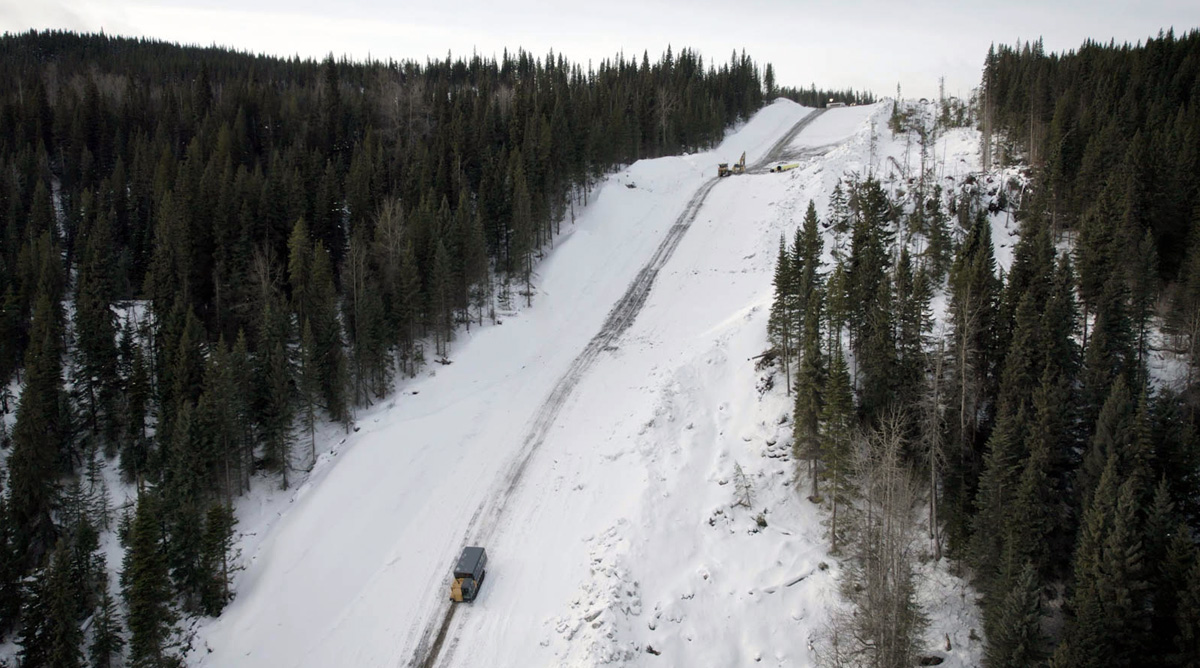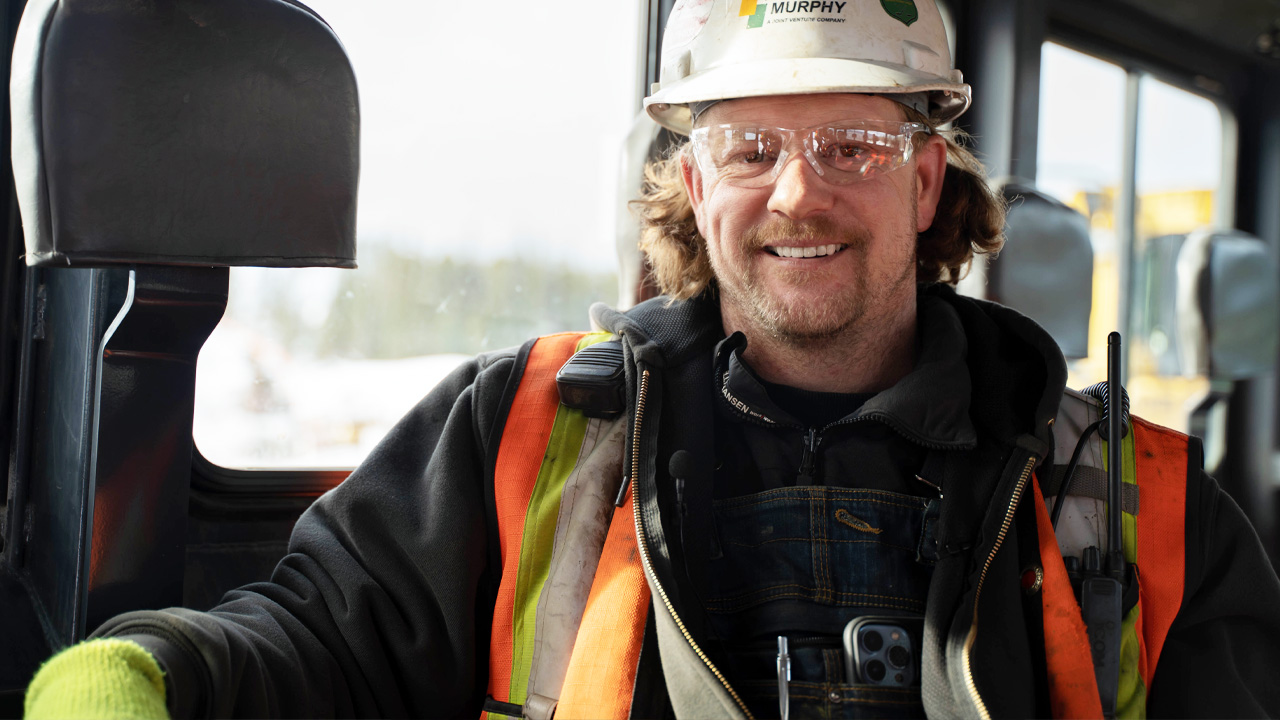Making the grade: tackling steep slopes on Burnt Mountain
Trapper is part of Surerus Murphy Joint Venture’s (SMJV) avalanche prevention team working on Burnt Mountain. Born and raised in Chetwynd, B.C., Trapper remarks on how rapid changes in snowfall or wind can alter snow surfaces and increase the chances of an avalanche.
“The snowpack on the ground is very important to the formula of whether an avalanche is going to happen,” Trapper explains. “We take snow depth measurements, see how the layers go through their transition based on extreme weather fluctuations, and monitor conditions to provide expert advice to keep staff and visitors safe.”
By working with local professionals like Trapper, we can achieve project milestones and ensure the safety of those onsite. Weather and terrain conditions are assessed daily and addressed accordingly.

As the project continues, workers on Burnt Mountain will continue trenching, crossing and tie-ins work as weather conditions permit, and continue erosion and sediment control (ESC) mitigation.

